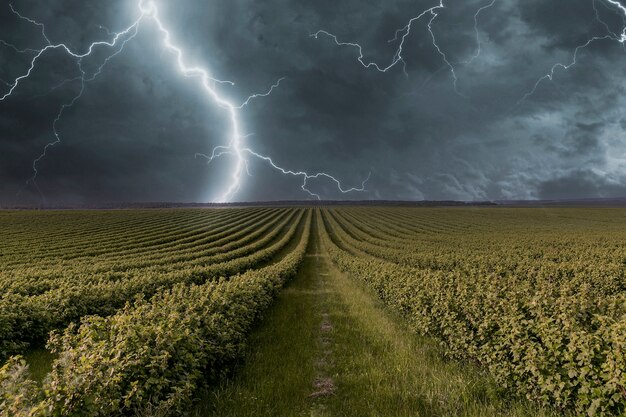
Sponsored article
This informative piece sheds light on the significance of a seemingly simple device – the rain gauge. They link meteorology to the agrarian world, serving as silent watchers for weather changes and a decision-making guide for farmers. Join us as we delve deep into this topic, exploring aspects such as how rain gauges operate, their applications in weather forecasting, and the profound impact they bring to agricultural practices.
A rain gauge, a staple product at https://measures.bottprinti.com, is an essential tool for precipitation measurement. The function of rain gauges revolves primarily around accurate quantification of rainfall. Designed to capture and measure the amount of rain that falls at a particular location, a rain gauge plays a vital role in weather forecasting and agricultural practices. Serving as a cheap and effective method for calculating precipitation rates, it informs us of the vital data that is needed for effective crop planning and water resource management. Understanding the function of rain gauges, helps in interpreting the complex science of meteorology.
The significance of rain gauges in weather forecasting cannot be overstated. These devices are fundamental tools in predictive meteorology, enabling meteorologists to analyze rainfall patterns crucial for accurate weather forecasts. Rain gauge usage is particularly beneficial in understanding and predicting weather trends. The rainfall data collected provides valuable information on precipitation levels that forms the basis for extensive climate modeling, leading to accurate and informed weather predictions. Also, in agricultural practices, farmers utilize this vital data for planting and harvest planning, thereby promoting efficient production processes. Thus, it is clear that rain gauges play a versatile and critical role in weather forecasting and agriculture.
The utilization of a rain gauge in agricultural practices is vastly underrated. Farmers are leveraging this simple yet extremely effective tool to enhance irrigation planning, subsequently giving them an upper hand in managing water resources efficiently. The application of rain gauges empowers them to make informed decisions on when and how much to irrigate, allowing them to:
This strategic use of rain gauges, in turn, boosts farming productivity by significantly improving crop yield and quality. As we explore the versatility and uses of rain gauges in weather forecasting and agricultural practices, it’s clear that their influence on fertility and productivity of the field is profound and undeniable.